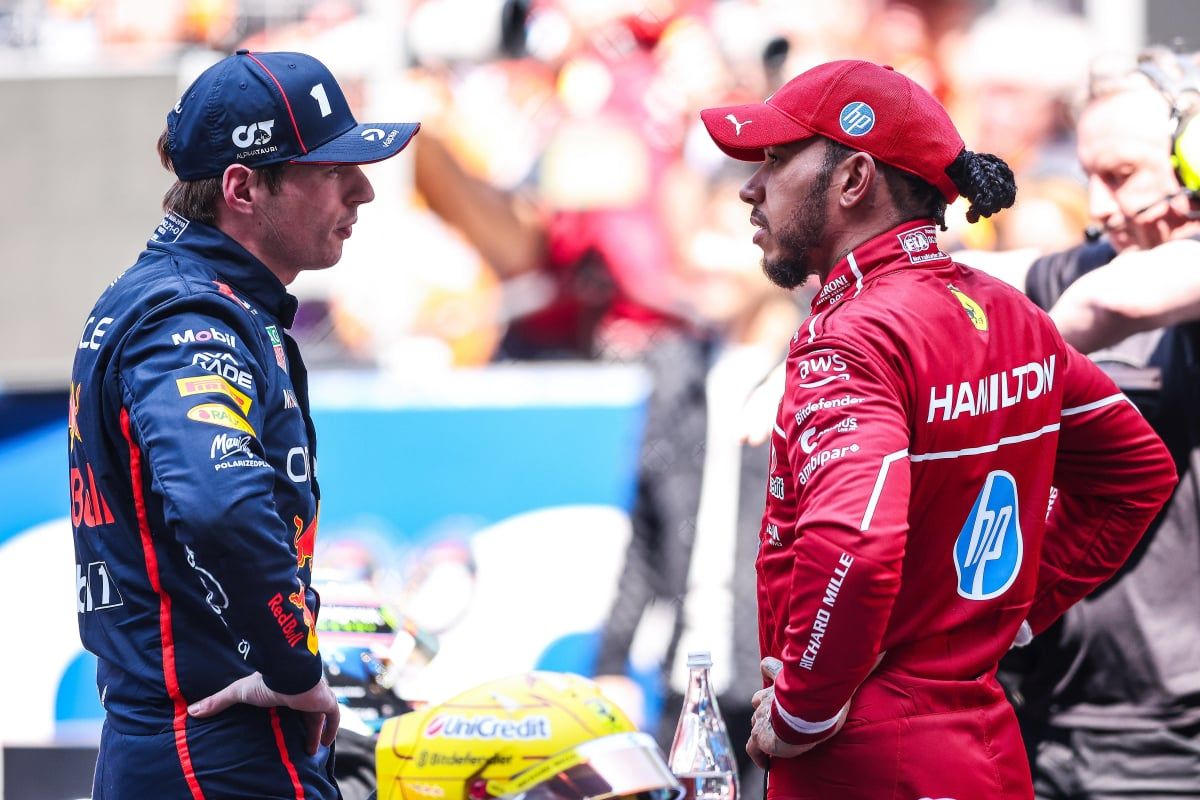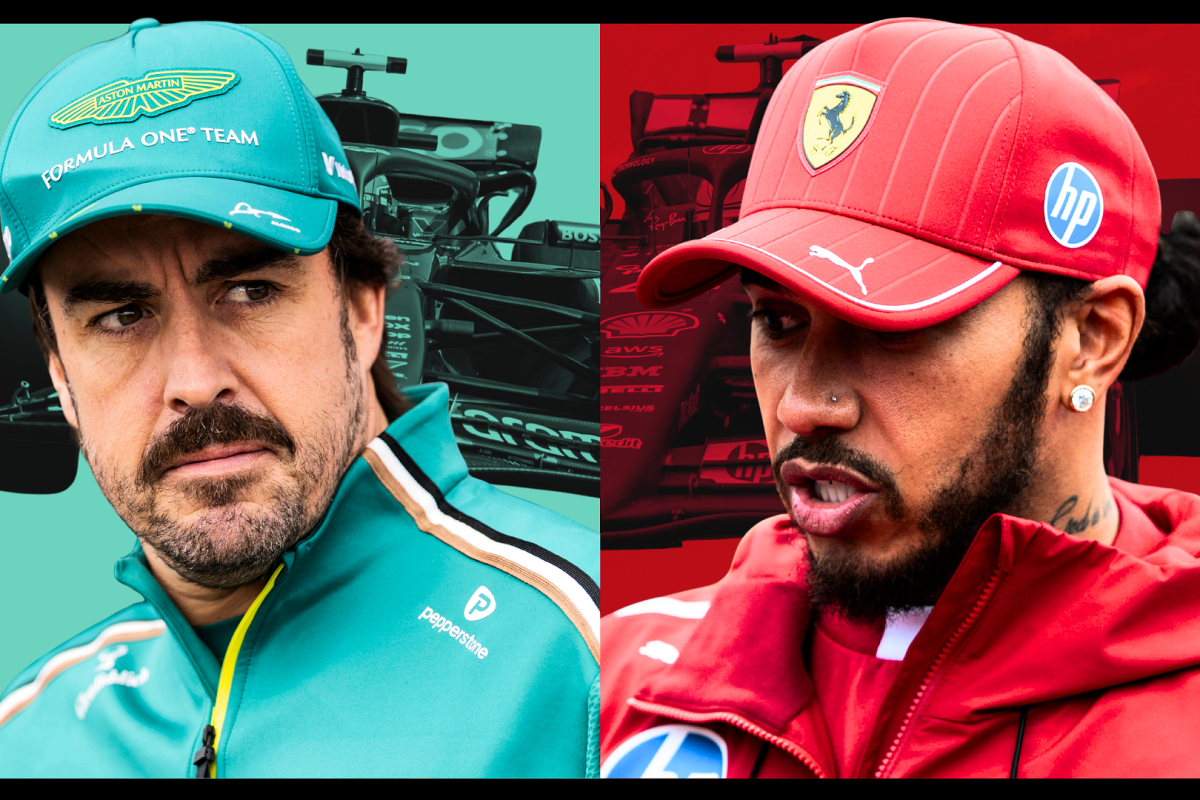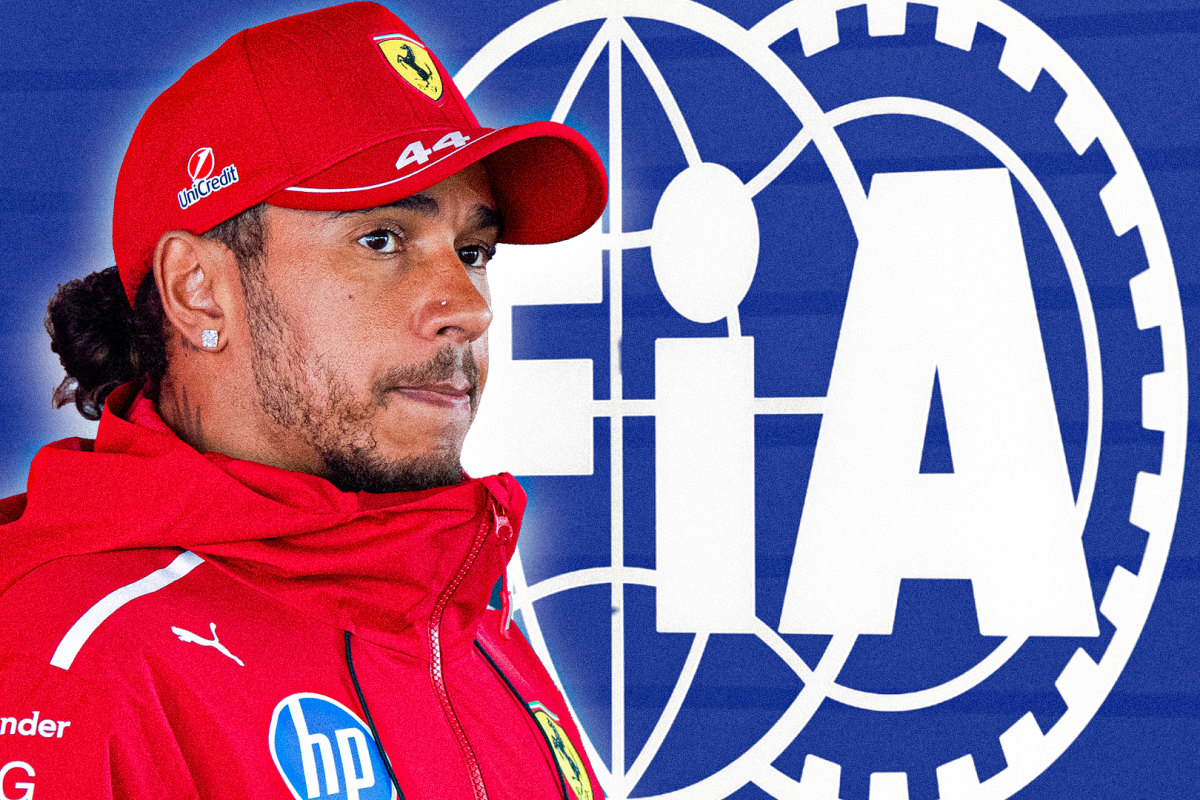Leclerc Shines in Barcelona Tyre Evaluation as Ferrari and McLaren….read more
A highly anticipated Pirelli tyre test at the Circuit de Barcelona-Catalunya has provided key insights into the future of Formula 1 slick tyres, with the 2026 compounds now under close examination. During this two-day session, which saw modified 2024-spec cars from both Ferrari and McLaren take to the track, Charles Leclerc emerged as the fastest driver overall—demonstrating a performance that not only eclipsed that of his Ferrari teammate Lewis Hamilton but also surpassed McLaren’s Oscar Piastri. The event, aimed at evaluating tyre performance under anticipated aerodynamic changes for the 2026 regulations, has set the stage for what many expect to be a significant evolution in tyre dynamics.
Background and Objectives of the Test
Pirelli’s ongoing work to develop the 2026 Formula 1 slick tyres is at the heart of this evaluation. With the impending aerodynamic regulation changes, the test was designed to understand how the new compounds would behave under reduced downforce conditions. The upcoming regulations predict a decrease in aerodynamic downforce by roughly 20% compared to 2025. In tandem with this reduction, the tyres themselves are being modified to be narrower—specifically, the front tyres are set to be reduced by 25mm in width, and the rear tyres by 30mm. This move is expected to have far-reaching implications on car balance, grip levels, and overall race strategy in the coming seasons.
Day One: A Battle of Speed and Adaptability
The opening day of testing provided a competitive arena where both Ferrari and McLaren drivers demonstrated their adaptability to the new tyre and car setups. Initially, Hamilton managed to set an impressive pace, registering a lap time of 1:15.93. This time placed him a mere 0.13 seconds ahead of Leclerc at the outset of the session. Despite Hamilton’s strong start and his evident ability to adjust quickly to the revised tyre characteristics and modified car balance, it was McLaren’s Lando Norris who stole the show. In the MCL60 mule car, Norris clocked the fastest lap overall at 1:15.21, setting a benchmark for the test session.
Hamilton’s early performance signified Ferrari’s intent to remain competitive despite the significant changes in tyre specifications. However, the results from the first day hinted at McLaren’s underlying competitive advantage, as Norris’s superior time not only underscored his personal skill but also highlighted the potential edge McLaren might have in harnessing the new compounds effectively. The close margins between the top drivers illustrated the fine balance that teams must achieve when dealing with new performance variables introduced by the revised tyre dimensions and reduced downforce.
Day Two: Leclerc’s Ascendance and Hamilton’s Setback
The second day of testing brought about a dramatic change in the performance landscape. Charles Leclerc, who had been closely trailing his teammate on the first day, managed to significantly improve his performance. Over the course of the day, Leclerc completed 74 laps and ultimately posted the fastest overall time of the test—1:14.971. This achievement was noteworthy not just for the raw speed but also because it represented a considerable improvement, placing him nearly a full second ahead of McLaren’s Oscar Piastri, who secured the runner-up position with his personal best time of 1:15.815, achieved over an identical lap count.
In stark contrast to Leclerc’s upward trajectory, Hamilton’s performance on the second day showed signs of deterioration. Despite accumulating a hefty total of 152 laps, Hamilton’s best time of the day dropped to 1:16.759. This time was not only 1.788 seconds slower than his teammate’s best lap but also about 0.8 seconds slower than his own performance on the previous day. Such a discrepancy raised questions about Hamilton’s ability to consistently harness the potential of the new tyre compounds under evolving track conditions. It appeared that while Hamilton had initially adapted well on day one, the challenges presented by sustained high mileage and possibly the evolving temperature and grip conditions during day two had a more pronounced effect on his overall performance.
The Broader Implications for 2026 F1 Tyre Strategy
Beyond the individual performances, the test as a whole has offered valuable data for teams and tyre manufacturers alike. Pirelli’s evaluation process is critical in refining the compound characteristics to ensure optimal performance under the lower downforce conditions expected in the 2026 season. The changes in tyre dimensions and the corresponding impact on car aerodynamics are expected to force teams to rethink their setups and strategies, particularly in relation to tyre wear, grip levels, and overall race pace.
For Ferrari, the contrasting performances of Leclerc and Hamilton underscore the complexities of adapting to a new performance paradigm. While Hamilton’s early pace suggested that the team could potentially maintain strong competitiveness, his subsequent difficulties on day two have likely prompted internal reviews on how to better optimize the car’s balance for the revised tyre specifications. On the other hand, McLaren’s strong showing, highlighted by Norris’s blistering pace, reinforces their reputation for innovative adaptation to technical changes—a quality that may serve them well in the evolving landscape of Formula 1 racing.
Reflections on Driver Performance and Future Prospects
The varying performances of the drivers over the two-day session not only reflect individual adaptability but also hint at the broader narrative of competition in the sport. Leclerc’s surge to the top of the timesheets on the second day illustrates his ability to extract maximum performance under demanding conditions. His nearly one-second advantage over Piastri marks a significant milestone in his development as a driver who can deliver under pressure when the technical parameters of the sport shift dramatically.
Conversely, Hamilton’s struggle on the second day, despite an initially promising start, raises important questions about consistency and the impact of cumulative laps on driver performance under new technical setups. His slower times, when compared to both his teammate and competitors from McLaren, suggest that there may be a need for further adjustments, not only in terms of car setup but also in driver strategy and adaptation to the evolving performance envelope offered by the 2026 compounds.
Concluding Thoughts
In summary, the recent Barcelona tyre test has provided a wealth of insights into the performance capabilities of the new 2026 slick tyres, as well as into the adaptability of some of Formula 1’s leading drivers. With Charles Leclerc setting the pace by the end of the session and Lewis Hamilton encountering difficulties in sustaining his initial form, the event has underscored the unpredictable nature of adapting to new technical regulations. Meanwhile, McLaren’s continued strength, epitomized by Lando Norris’s record lap, suggests that teams with the right balance of innovation and adaptability could hold a competitive edge in the coming years. As Pirelli continues its rigorous evaluation, the data gathered during this test will no doubt play a crucial role in shaping the future strategies of teams across the grid, paving the way for a new era in Formula 1 racing where tyre performance and aerodynamic efficiency go hand in hand.



